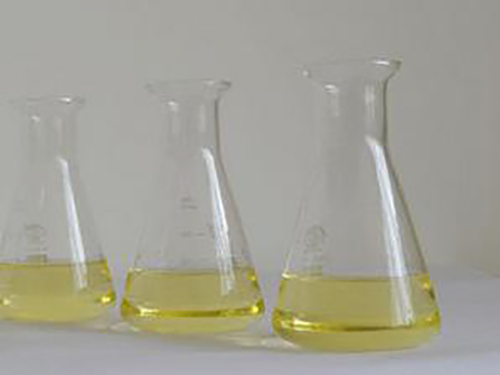Exploring Various Categories of Flocculants for Water Treatment Applications
Different Types of Flocculants An Overview
Flocculants are substances that promote the agglomeration or clumping of particles in a liquid, leading to the formation of flocs. This process is crucial in various industrial applications such as wastewater treatment, mining, and food processing. The choice of flocculant depends on several factors, including the characteristics of the particles to be removed, the nature of the suspension, and the desired end results. Here, we explore the different types of flocculants, their mechanisms, and their applications.
1. Inorganic Flocculants
Inorganic flocculants are widely used in water treatment processes due to their effectiveness and cost-efficiency. Common examples include aluminum sulfate (alum), ferric chloride, and polyaluminum chloride.
- Aluminum Sulfate (Alum) This is one of the most commonly used inorganic flocculants. It works by neutralizing the charge of the suspended particles, allowing them to aggregate into larger flocs that can settle at the bottom of treatment tanks. - Ferric Chloride This flocculant is particularly effective in removing suspended solids from municipal and industrial wastewater. When ferric chloride is added to water, it reacts with the particles, forming a gelatinous precipitate that traps impurities.
- Polyaluminum Chloride (PAC) PAC offers a faster reaction time compared to alum. It is effective over a broader pH range and generates less sludge, making it a more environmentally friendly option.
2. Organic Flocculants
Organic flocculants are derived from natural or synthetic sources and are categorized into two main types natural organic flocculants and synthetic organic flocculants.
- Natural Organic Flocculants These include substances such as starch, guar gum, and xanthan gum. They are often biodegradable and can enhance the sedimentation of solids in a more environmentally friendly manner.
- Synthetic Organic Flocculants These are typically polyacrylamides, either anionic or cationic in nature. Anionic flocculants carry a negative charge, which makes them suitable for treating positively charged particles, while cationic flocculants have a positive charge and are effective for negatively charged particles. Polyacrylamides are particularly favored for their high efficiency in small doses and their ability to improve the settling rates of particulate materials.
different types of flocculants

Biopolymer flocculants are gaining popularity due to their sustainability. These naturally derived polymers are non-toxic and biodegradable, making them suitable for applications in food processing and pharmaceuticals. Examples include chitosan, a biopolymer derived from chitin, and alginate, sourced from seaweed. Chitosan is particularly effective because it can bind to negatively charged particles, facilitating their removal from solutions.
4. Application of Flocculants
The application of flocculants is critical in industries such as
- Wastewater Treatment Flocculants play a vital role in the coagulation and clarification stages of treatment, helping to remove suspended solids, oils, and heavy metals from wastewater.
- Mining In the mining industry, flocculants are used to separate valuable minerals from ore, as they help to enhance the settling of tailings and improve recovery rates.
- Food and Beverage In this sector, flocculants are used in the clarification of fruit juices, wines, and beers, ensuring a clear, appealing product for consumers.
Conclusion
In conclusion, the choice of flocculant is pivotal to achieving efficient separation and clarification in various industrial processes. Whether derived from inorganic sources, organic compounds, or biopolymers, each type of flocculant has its unique advantages and applications. As industries continue to prioritize environmental sustainability, the development of eco-friendly flocculants will likely increase, paving the way for more responsible industrial practices. Understanding the diverse types of flocculants and their mechanisms can lead to improved efficiency and reduced environmental impact in water treatment and other industrial applications.
-
Water Treatment with Flocculant Water TreatmentNewsJun.12,2025
-
Polymaleic AnhydrideNewsJun.12,2025
-
Polyaspartic AcidNewsJun.12,2025
-
Enhance Industrial Processes with IsothiazolinonesNewsJun.12,2025
-
Enhance Industrial Processes with PBTCA SolutionsNewsJun.12,2025
-
Dodecyldimethylbenzylammonium Chloride SolutionsNewsJun.12,2025





